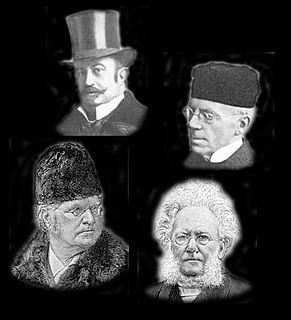Coordinates: 62°34′27″N10°18′51″E / 62.57417°N 10.31417°E

A geographic coordinate system is a coordinate system that enables every location on Earth to be specified by a set of numbers, letters or symbols. The coordinates are often chosen such that one of the numbers represents a vertical position and two or three of the numbers represent a horizontal position; alternatively, a geographic position may be expressed in a combined three-dimensional Cartesian vector. A common choice of coordinates is latitude, longitude and elevation. To specify a location on a plane requires a map projection.

The Bjørgan parsonage (Norwegian : Bjørgan prestegård) is a museum and former parsonage in Kvikne in the northern part of the municipality of Tynset in Hedmark county, Norway. [1] It is where the writer Bjørnstjerne Bjørnson (1832–1910) was born and lived during his early childhood, from 1832 to 1837, while his father was the parish priest at Kvikne (1831–1837). [2] [3]
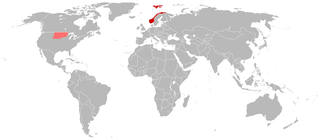
Norwegian is a North Germanic language spoken mainly in Norway, where it is the official language. Along with Swedish and Danish, Norwegian forms a dialect continuum of more or less mutually intelligible local and regional varieties, and some Norwegian and Swedish dialects, in particular, are very close. These Scandinavian languages, together with Faroese and Icelandic as well as some extinct languages, constitute the North Germanic languages. Faroese and Icelandic are hardly mutually intelligible with Norwegian in their spoken form because continental Scandinavian has diverged from them. While the two Germanic languages with the greatest numbers of speakers, English and German, have close similarities with Norwegian, neither is mutually intelligible with it. Norwegian is a descendant of Old Norse, the common language of the Germanic peoples living in Scandinavia during the Viking Era.
Kvikne is a former municipality in Hedmark, Norway and a mountain village between Østerdalen and Trøndelag. The river Orkla begins in Kvikne. Further south the river Tunna descends to meet the Glomma.
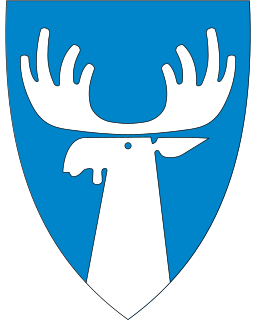
Tynset is a municipality in Hedmark county, Norway. It is part of the traditional region of Østerdalen. The administrative centre of the municipality is the village of Tynset.
The house was built in 1780 and it was used as a parsonage until 1860. In 1917, the teacher Tilla Valstad discovered that the main building was going to be demolished. She started a collection with the goal of making the place into a museum for Bjørnson, and in 1919 the farm was transferred to the state as a gift. In 1932, a memorial to Bjørnson was unveiled at Bjørgan, and the old building contains many items from Bjørnson's time. Until 2006, the museum was part of the Sandvig Collections at Maihaugen, which is also responsible for the Aulestad farm and museum. The Bjørgan parsonage is now part of the North Østerdalen Museum. [4] The house was restored in 2010. [5]
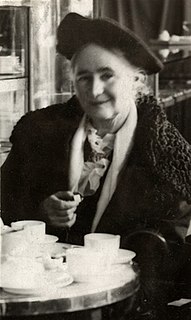
Mathilde Georgine "Tilla" Valstad was a Norwegian teacher, novelist and journalist.
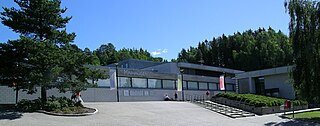
Maihaugen is one of the most visited tourist attractions in Lillehammer, Norway. Maihaugen, with close to 200 buildings, is one of Northern Europe's largest open-air museums and is one of the largest cultural facilities in Norway.

Aulestad is a farm and writer's house museum in Follebu, Oppland, Norway. It is located along County Road Fv255 (Bjørnsonvegen) between Vinstra and Hovemoen.
Some believe that the short time he spent at Bjørgan was of formative significance for Bjørnson and left its mark on his peasant tales (Norwegian : bondefortellinger). [6]
Bjørnstjerne was a guest at Kvikne twice as an adult, in 1869 and in 1897.

